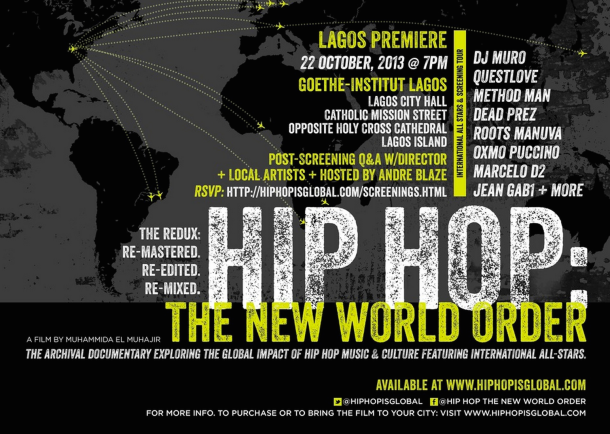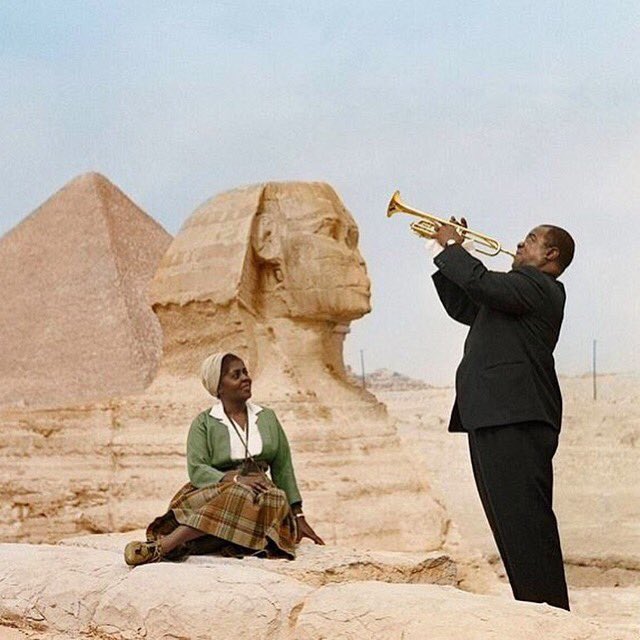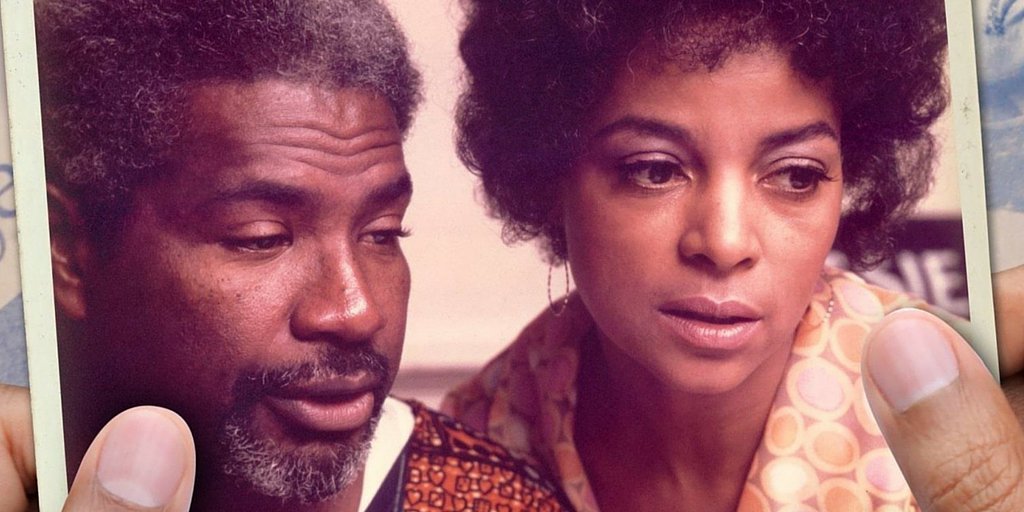Names of God in Islam
From Wikipedia, the free encyclopedia
(Redirected from 99 Names of God)
The 99 Names of God (Allah) according to the tradition of Islam are:
Name-English Name: Arabic
- Ar Rahman (الرحمن) The All Merciful
- Ar Rahim (الرحيم) The Most Merciful
- Al Malik (الملك) The King, The Sovereign
- Al Quddus (القدوس) The Most Holy
- As Salam (السلام) Peace and Blessing
- Al Mu'min (المؤمن) The Guarantor
- Al Muhaymin (المهيمن) The Guardian, the Preserver
- Al Aziz (العزيز) The Almighty, the Self Sufficient
- Al Jabbaar (الجبار) The Powerful, the Irresistible
- Al Mutakabbir (المتكبر) The Tremendous
- Al Khaaliq (الخالق) The Creator
- Al Baari (البارئ) The Maker
- Al Musawwir (المصور) The Fashioner of Forms
- Al Ghaffaar (الغفار) The Ever Forgiving
- Al Qahhaar (القهار) The All Compelling Subduer
- Al Wahhaab(الوهاب) The Bestower
- Ar Razzaaq (الرزاق) The Ever Providing
- Al Fattaah(الفتاح) The Opener, the Victory Giver
- Al Alim (العليم) The All Knowing, the Omniscient
- Al Qaabid (القابض) The Restrainer, the Straightener
- Al Baasit (الباسط) The Expander, the Munificent
- Al Khaafid (الخافض) The Abaser
- Ar Raafi' (الرافع) The Exalter
- Al Mu'izz (المعز) The Giver of Honor
- Al Muzil (المذل) The Giver of Dishonor
- Al Sami' (السميع) The All Hearing
- Al Basir (البصير) The All Seeing
- Al Hakam (الحكم) The Judge, the Arbitrator
- Al 'Adl (العدل) The Utterly Just
- Al Latif (اللطيف) The Subtly Kind
- Al Khabir (الخبير) The All Aware
- Al Halim (الحليم) The Forbearing, the Indulgent
- Al 'Azim (العظيم) The Magnificent, the Infinite
- Al Ghafur (الغفور) The All Forgiving
- Ash Shakur (الشكور) The Grateful
- Al Ali (العلي) The Sublimely Exalted
- Al Kabir (الكبير) The Great
- Al Hafiz (الحفيظ) The Preserver
- Al Muqit (المقيت) The Nourisher
- Al Hasib (الحسيب) The Reckoner
- Al Jalil (الجليل) The Majestic
- Al Karim (الكريم) The Bountiful, the Generous
- Ar Raqib (الرقيب) The Watchful
- Al Mujib (المجيب) The Responsive, the Answerer
- Al Wasi' (الواسع) The Vast, the All Encompassing
- Al Hakim (الحكيم) The Wise
- Al Wadud (الودود) The Loving, the Kind One
- Al Majid (المجيد) The All Glorious
- Al Ba'ith (الباعث) The Raiser of the Dead
- Ash Shahid (الشهيد) The Witness
- Al Haqq (الحق) The Truth, the Real
- Al Wakil (الوكيل) The Trustee, the Dependable
- Al Qawiyy (القوي) The Strong
- Al Matin (المتين) The Firm, the Steadfast
- Al Wali (الولي) The Protecting Friend, Patron, and Helper
- Al Hamid (الحميد) The All Praiseworthy
- Al Muhsi (المحصي) The Accounter, the Numberer of All
- Al Mubdi (المبدئ) The Producer, Originator, and Initiator of all
- Al Mu'id (المعيد) The Reinstater Who Brings Back All
- Al Muhyi (المحيي) The Giver of Life
- Al Mumit (المميت) The Bringer of Death, the Destroyer
- Al Hayy (الحي) The Ever Living
- Al Qayyum (القيوم) The Self Subsisting Sustainer of All
- Al Waajid (الواجد) The Perceiver, the Finder, the Unfailing
- Al Maajid (الماجد) The Illustrious, the Magnificent
- Al Waahid (الواحد) The One, the All Inclusive, the Indivisible
- Al Ahad (الاحد) The Unity, The indivisible
- As Samad (الصمد) The Long, the Impregnable, the Everlasting
- Al Qaadir (القادر) The All Able
- Al Muqtadir (المقتدر) The All Determiner, the Dominant
- Al Muqaddim (المقدم) The Expediter, He who brings forward
- Al Mu'akhkhir (المؤخر) The Delayer, He who puts far away
- Al Awwal (الأول) The First
- Al Aakhir (الآخر) The Last
- Az Zaahir (الظاهر) The Manifest; the All Victorious
- Al Baatin (الباطن) The Hidden; the All Encompassing
- Al Waali (الوالي) The Patron
- Al Muta'al (المتعالي) The Self Exalted
- Al Barr (البر) The Most Kind and Righteous
- At Tawwaab (التواب) The Ever Returning, Ever Relenting
- Al Muntaqim (المنتقم) The Avenger
- Al 'Afuww (العفو) The Pardoner, the Effacer of Sins
- Ar Ra'uf (الرؤوف) The Compassionate, the All Pitying
- Malik al Mulk (مالك الملك) The Owner of All Sovereignty
- Dhu al Jalal wa al Ikram (ذو الجلال و الإكرام) The Lord of Majesty and Generosity
- Al Muqsit (المقسط) The Equitable, the Requiter
- Al Jaami' (الجامع) The Gatherer, the Unifier
- Al Ghani (الغني) The All Rich, the Independent
- Al Mughni (المغني) The Enricher, the Emancipator
- Al Mani' (المانع) The Withholder, the Shielder, the Defender
- Ad Dharr (الضآر) The Distresser
- An Nafi' (النافع) The Propitious, the Benefactor
- An Nur (النور) The Light
- Al Hadi (الهادي) The Guide
- Al Badi (البديع) Incomparable, the Originator
- Al Baaqi (الباقي) The Ever Enduring and Immutable
- Al Waarith (الوارث) The Heir, the Inheritor of All
- Ar Rashid (الرشيد) The Guide, Infallible Teacher, and Knower
- As Sabur (الصبور) The Patient, the Timeless
The English translation of names may have a slightly different meaning than the original Arabic word due to the words available in each language.













 h
h

